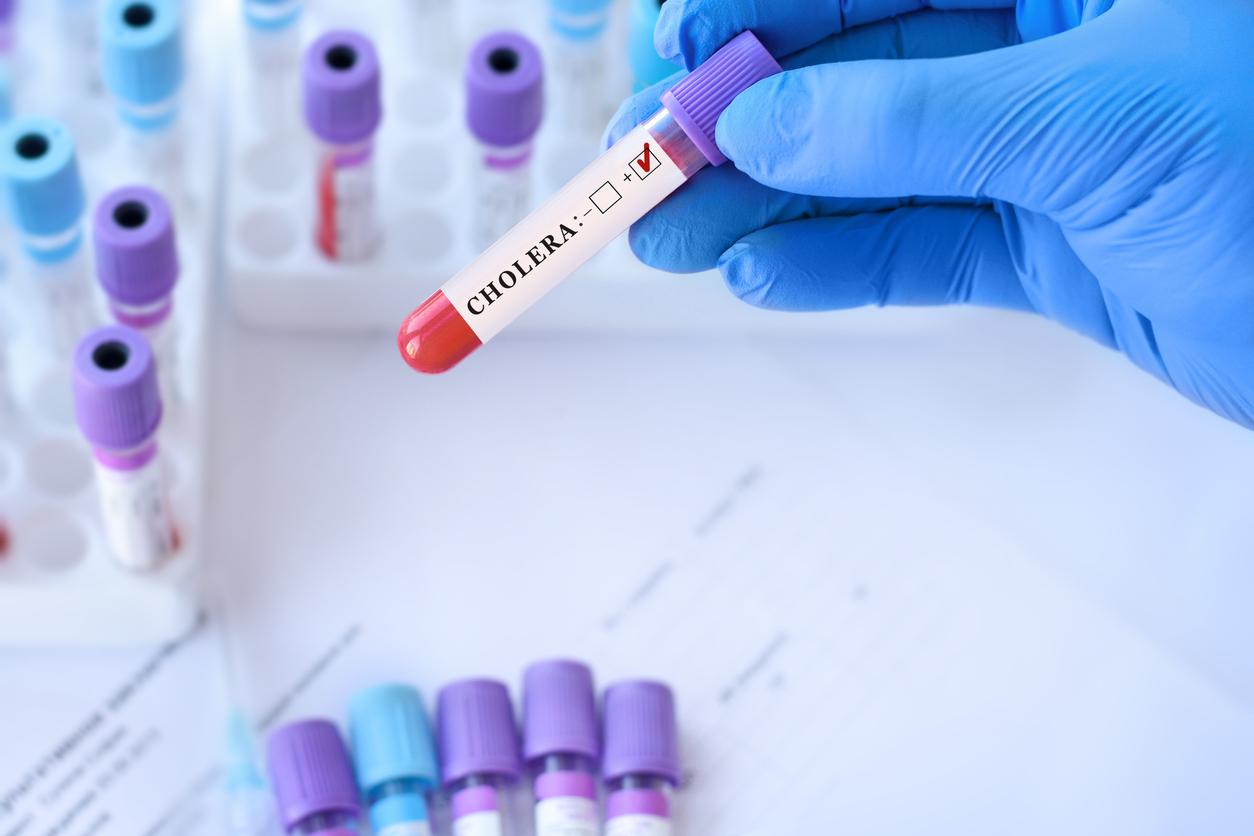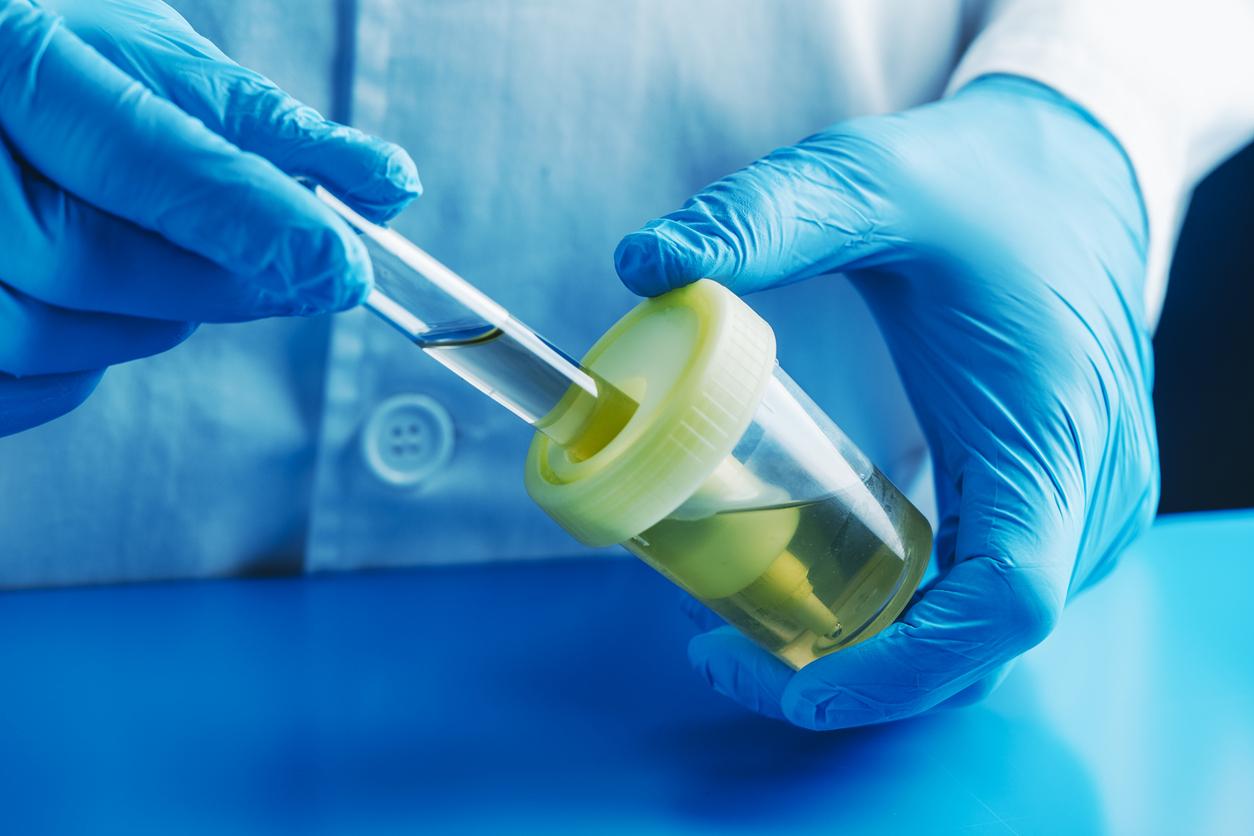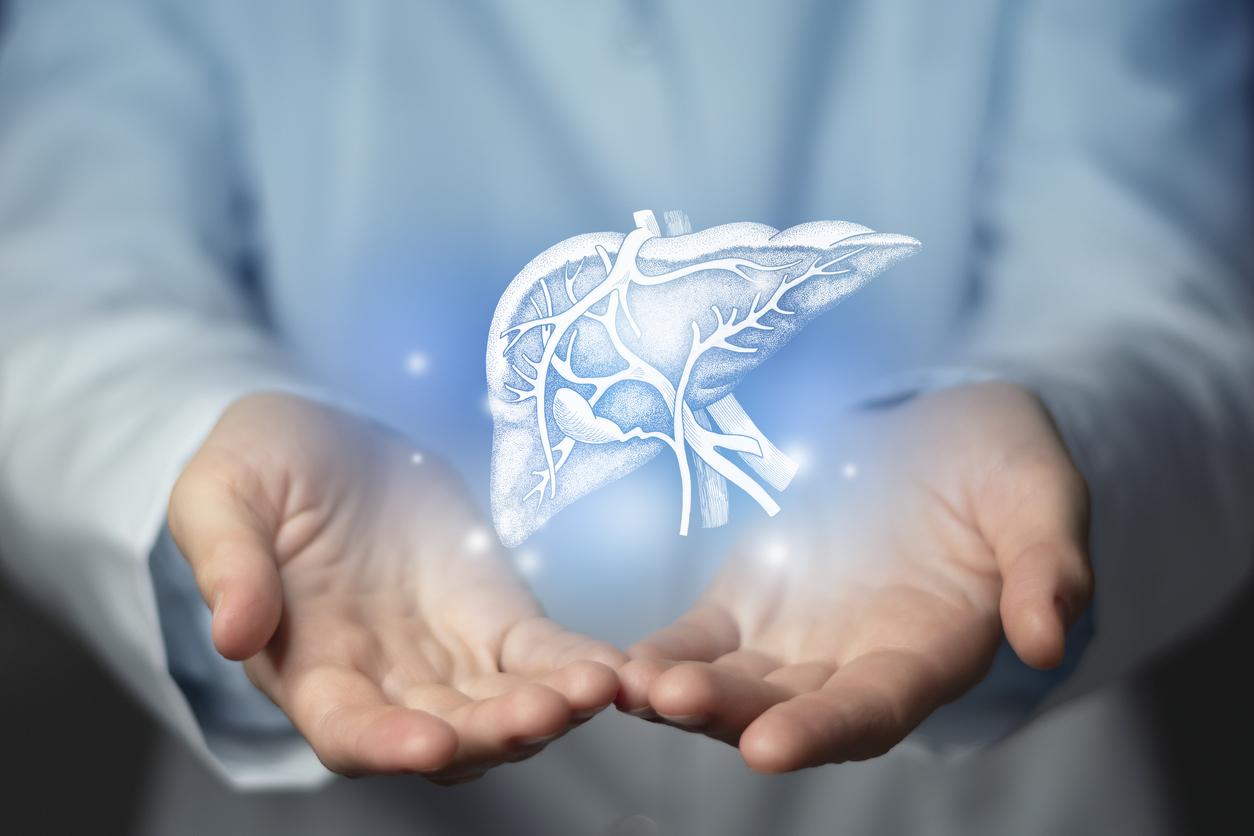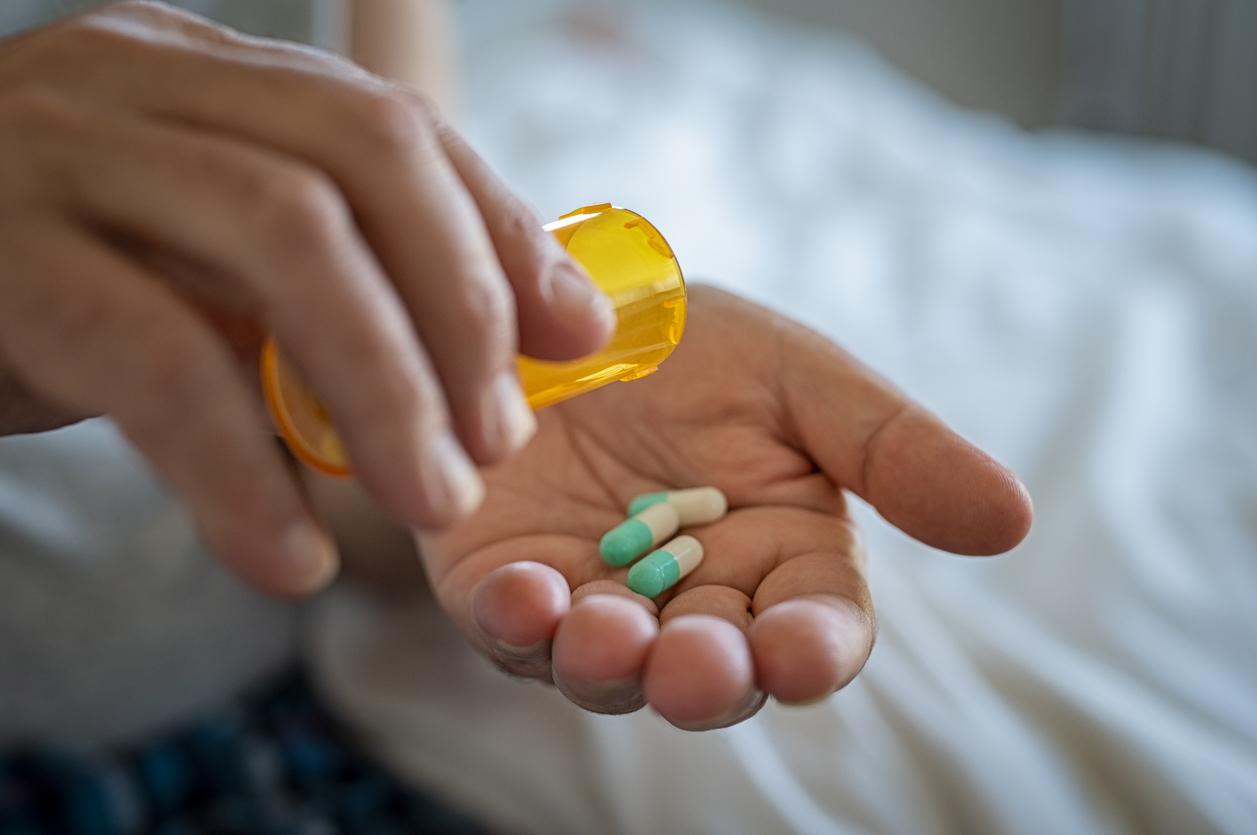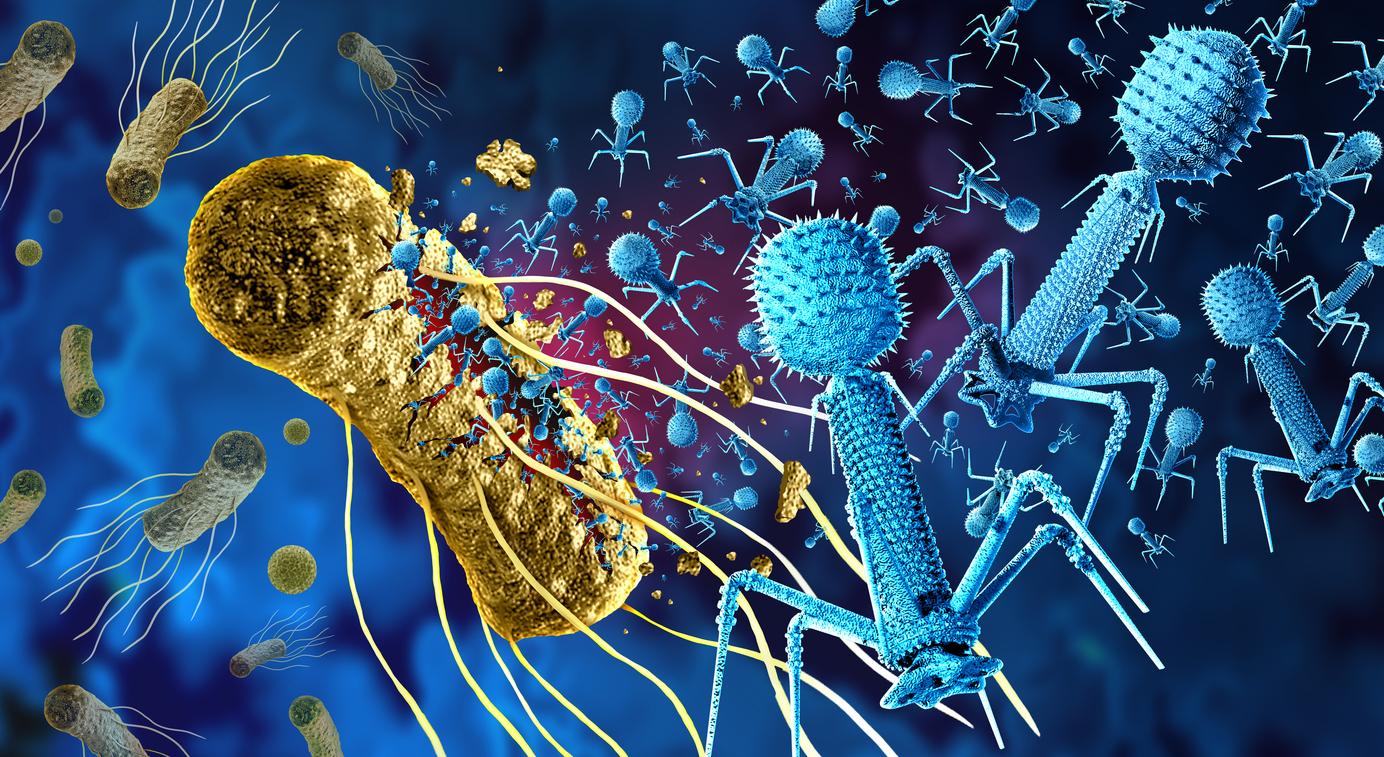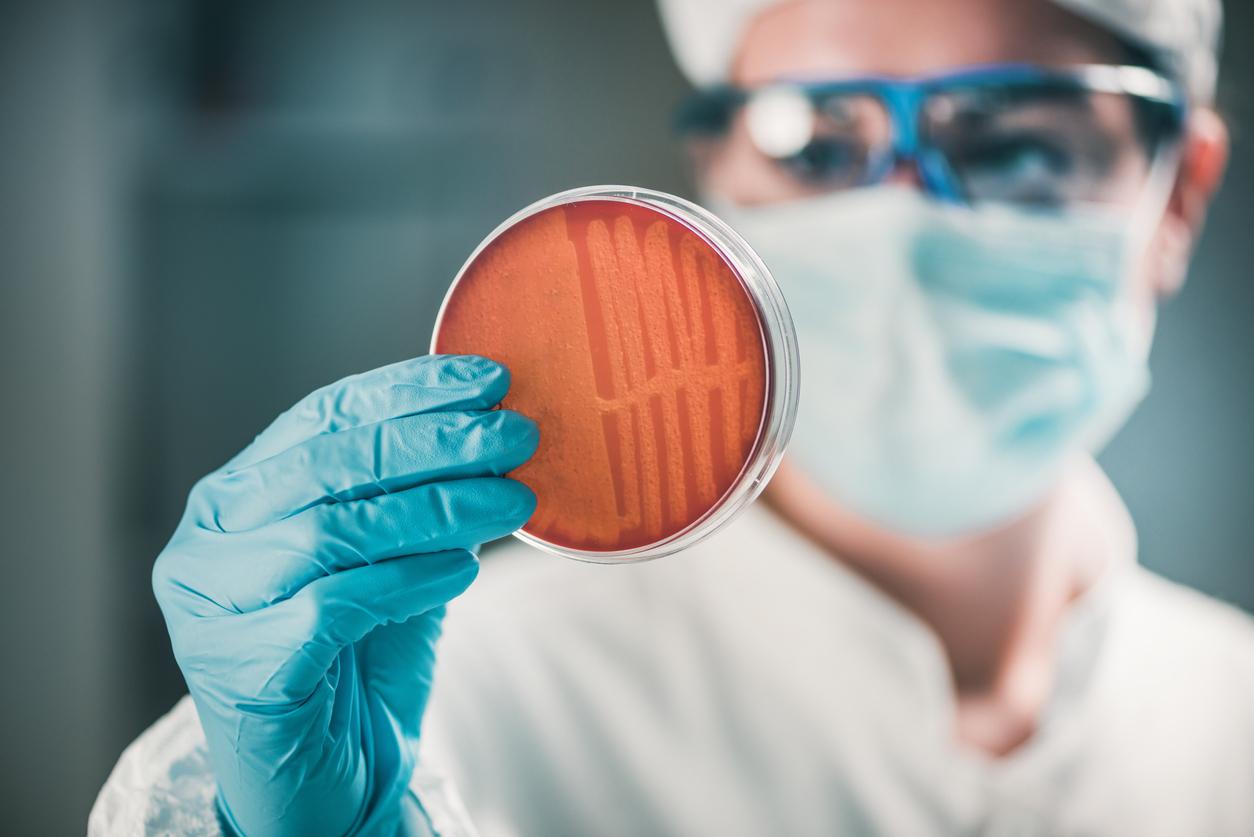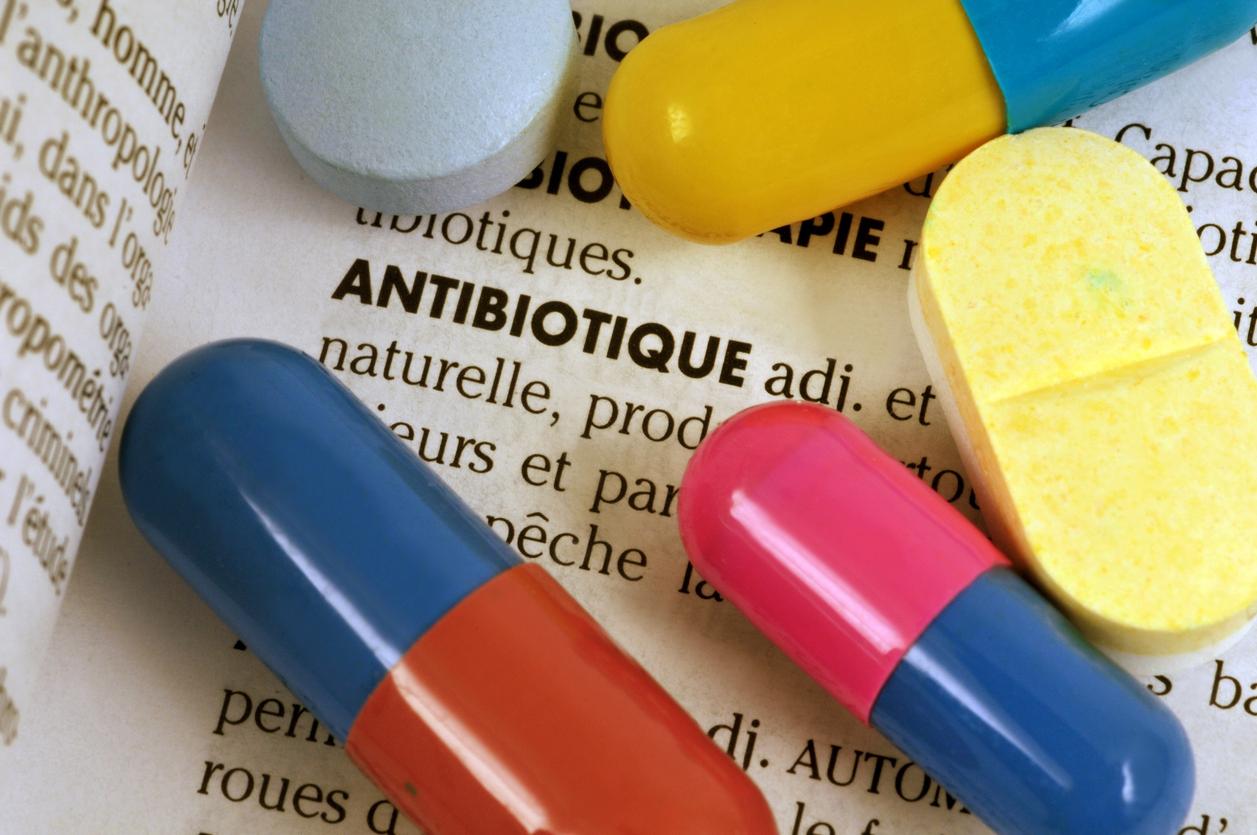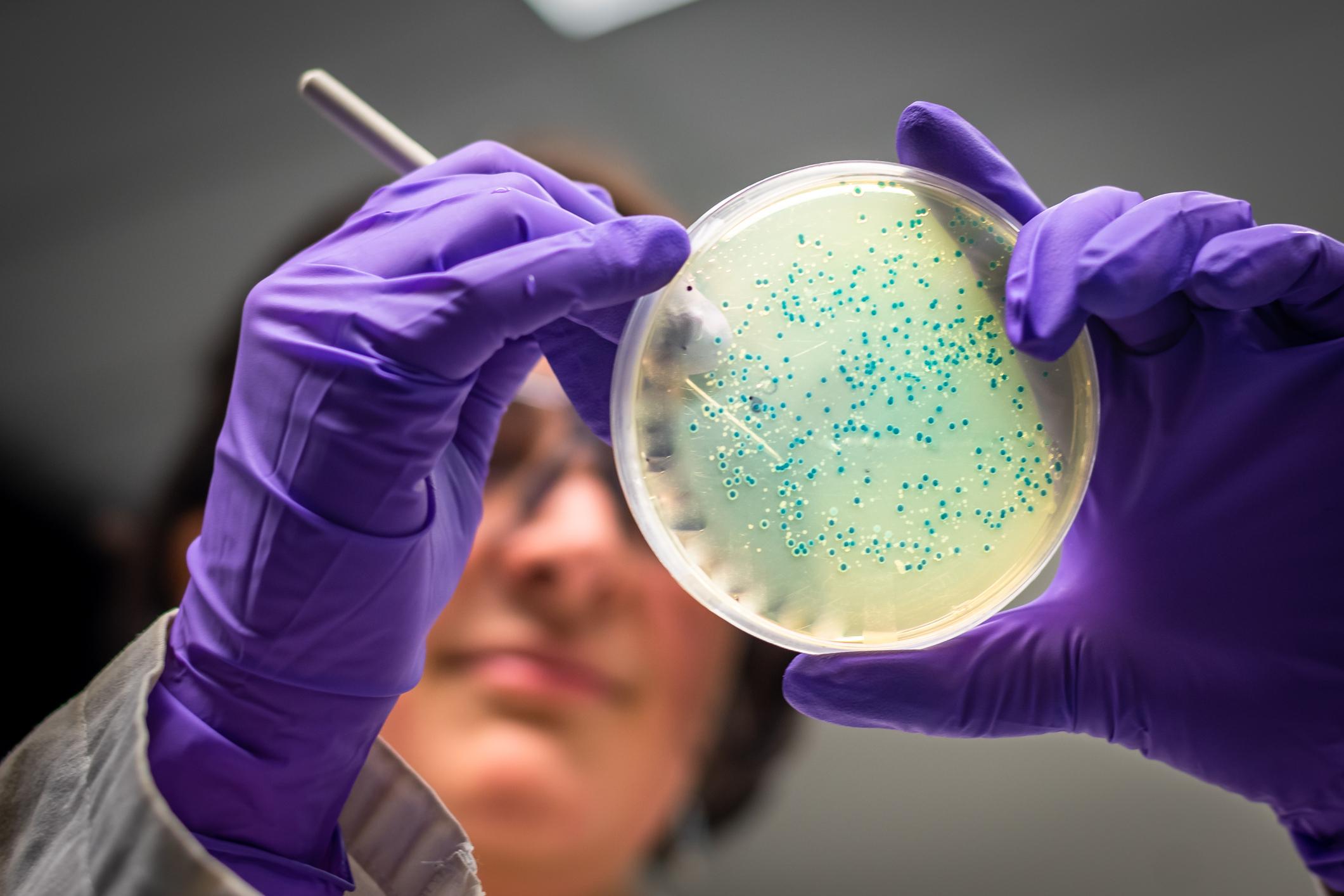Infants, the elderly and people with serious illnesses are most at risk from bacterial resistance to antibiotics.
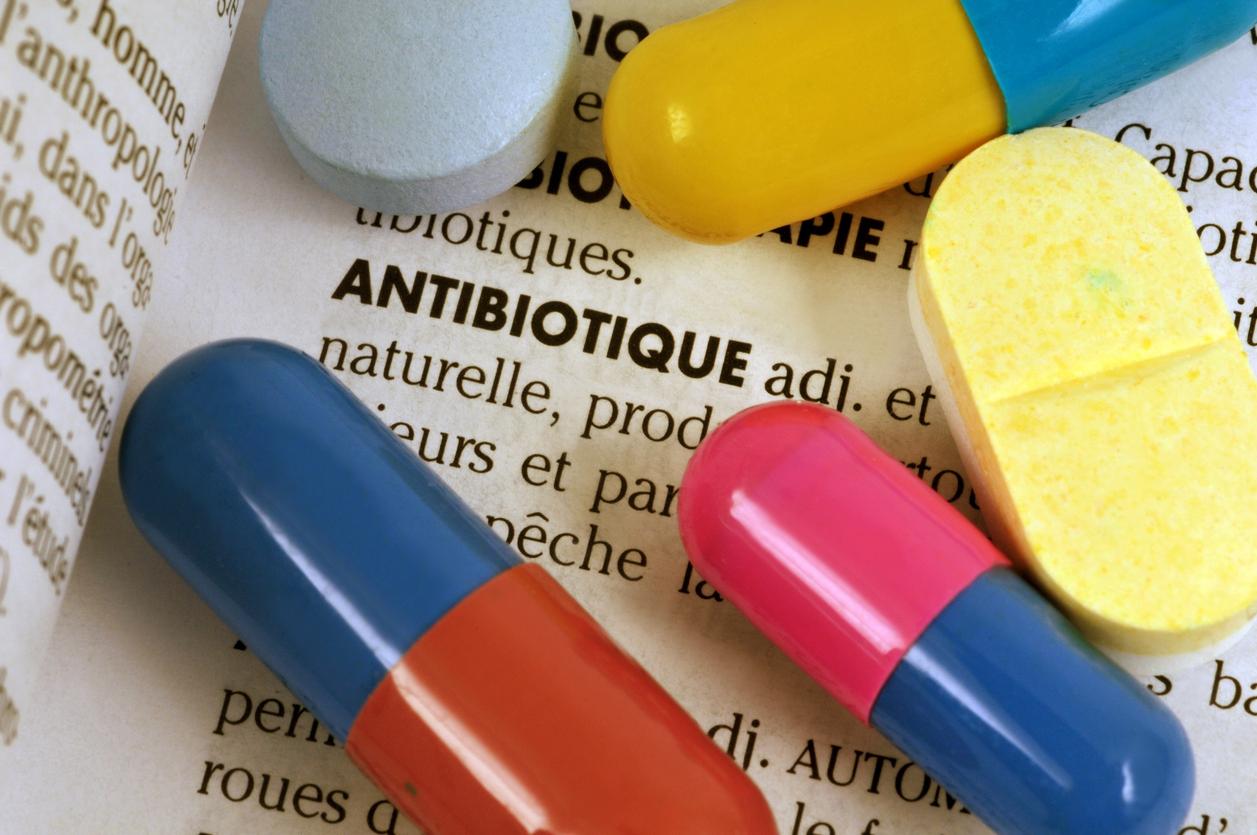
- 1.27 million people die each year from antibiotic-resistant bacteria.
- Babies, the elderly and those with chronic illnesses are most at risk.
- Researchers are calling for limiting the inappropriate use of antibiotics in humans and animals to reduce deaths linked to resistant bacteria.
We must act against antibiotic resistance. Review The Lancet publishes, this Thursday, May 23, a series of articles to call for the fight against antibiotic resistance in order to avoid millions of deaths. According to one of the published studies, infections with antibiotic-resistant bacteria cause 1.27 million deaths each year, more than half of which are preventable.
Bacteria resistant to antibiotics: we must protect the most vulnerable
“The new series highlights how babies, children, the elderly and people with chronic illnesses are most vulnerable to antibiotic resistance, as they are at higher risk of contracting bacterial infections in general., warn the experts in a press release. A third of newborn deaths worldwide are caused by infections and half of them by sepsis. “Increasingly, the bacteria or fungi that cause these infections no longer respond to the most readily available antibiotics.”alert the authors of the text.
For the elderly and those with chronic pathologies, antibiotic resistance compromises certain common procedures such as organ transplants, chemotherapy, treatment of diabetes or certain lung diseases. Nour Shamas, pharmacist and member of the WHO working group on survivors of antibiotic resistance, cites a personal example: “My mother developed an infection caused by drug-resistant bacteria in her kidneys and urinary tract after having surgery at the hospital, she says. In Lebanon, as in many countries, our health system is poorly prepared to protect patients against antibiotic resistance.”
How to act against bacterial resistance to antibiotics?
However, the articles published in Tea Lancet show that it is possible to act to reduce the number of infections and deaths. “Improving and expanding existing infection prevention methods, such as hand hygiene, regular cleaning and sterilization of equipment in health care facilities, availability of safe drinking water, effective sanitation and “use of pediatric vaccines could prevent more than 750,000 deaths associated with antibiotic resistance”conclude this work.
The implementation of these different actions should make it possible to achieve three objectives in 2030: a 10% reduction in mortality due to resistant bacteria, a 20% reduction in the inappropriate use of antibiotics in humans and a 30% reduction in animals.
Rethinking the financing of the development of new antibiotics
To achieve this, the authors emphasize that new ways of financing this research must be found. “The traditional model of drug development, which depends on the likelihood of high profits to motivate investment, does not work for antibiotics.”, they raise. However, only equitable access to effective medicines will make it possible to take lasting action against antibiotic resistance. “If access and affordability are not guaranteed, the high number of deaths from resistant bacterial infections will continue unabated.”warns Professor Ramanan Laxminarayan, president of One Health Trust and researcher at Princeton University, in the United States.








